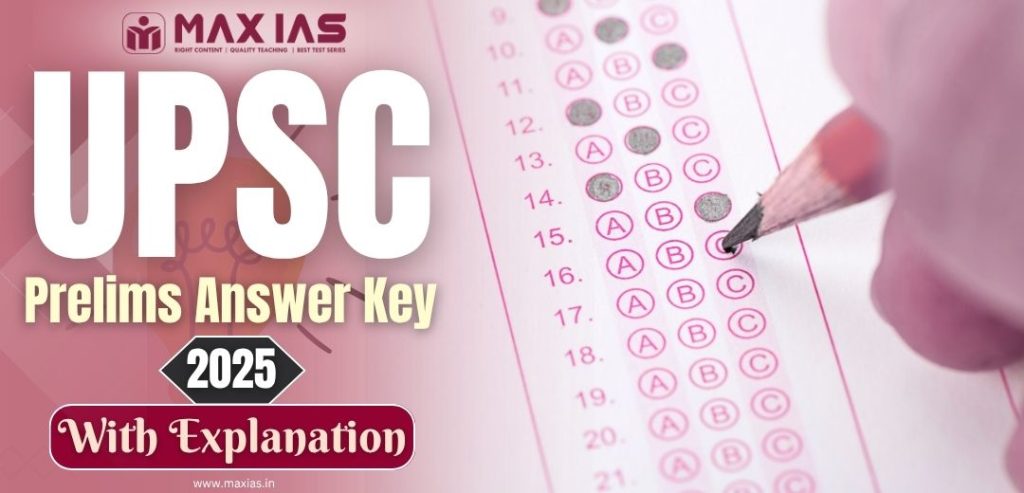

**Lahore Police Adopts AI and Drone Technology to Combat Traffic Congestion**
Lahore, the vibrant capital of Pakistan’s Punjab province, has consistently faced issues with traffic congestion, a dilemma intensified by its increasing population and growing urban landscape. To confront this ongoing challenge, the Lahore Police have embraced advanced technology, utilizing artificial intelligence (AI) and drone technology to enhance traffic management and boost road safety.
**AI-Enhanced Traffic Management**
The incorporation of AI into Lahore’s traffic management framework represents a major advancement in the city’s struggle against congestion. AI algorithms are utilized to process real-time traffic information obtained from various channels, including cameras, sensors, and GPS systems. This data-centric strategy facilitates the adaptive modification of traffic signals, improving the movement of vehicles and decreasing waiting periods at intersections.
The AI framework possesses the ability to forecast traffic trends by learning from past data, allowing for preemptive steps to avert congestion before it manifests. By recognizing peak traffic periods and potential traffic snags, the system can execute strategic adjustments to traffic signal schedules and redirect vehicles to less congested routes. This not only boosts the competency of the road network but also lessens the environmental footprint by curbing idle times and decreasing emissions.
**Drones: Aerial Observers**
In conjunction with the AI-managed traffic system, drones have been introduced to supply high-level surveillance of Lahore’s thoroughfares. These unmanned aerial vehicles (UAVs) provide a comprehensive view of traffic situations, enabling real-time oversight and quick action in response to incidents like accidents or road blockages.
Drones fitted with high-definition cameras and sophisticated imaging technologies can swiftly evaluate the seriousness of traffic delays and furnish actionable data to traffic management centers. This aerial overview is crucial for coordinating emergency responses and ensuring that resources are efficiently deployed to remove obstacles and restore regular traffic conditions.
Furthermore, drones can be deployed to enforce traffic laws by recording violations such as illegal parking or lane infringements. This documentation can subsequently be utilized to issue fines or warnings, reinforcing adherence to traffic regulations and bolstering road safety.
**Obstacles and Future Outlook**
Though the adoption of AI and drone technology in Lahore’s traffic management scheme is an encouraging advancement, it comes with its own set of challenges. Protecting the privacy and security of the data gathered by these technologies is essential, necessitating solid cybersecurity measures and precise regulations to uphold citizens’ rights.
Moreover, the effectiveness of these technologies relies on the ongoing upkeep and enhancement of infrastructure, as well as the training of staff to competently operate and manage these sophisticated systems.
Looking forward, the Lahore Police aim to broaden the deployment of AI and drones to encompass more regions of the city and integrate them with other smart city programs. By leveraging the capabilities of technology, Lahore aspires to develop a more effective, secure, and sustainable urban setting for its inhabitants.
In summary, the integration of AI and drone technology by the Lahore Police signifies a progressive strategy in tackling the city’s traffic congestion issues. As these technologies advance, they possess the potential to revolutionize urban traffic management, establishing a benchmark for other cities encountering comparable challenges.





